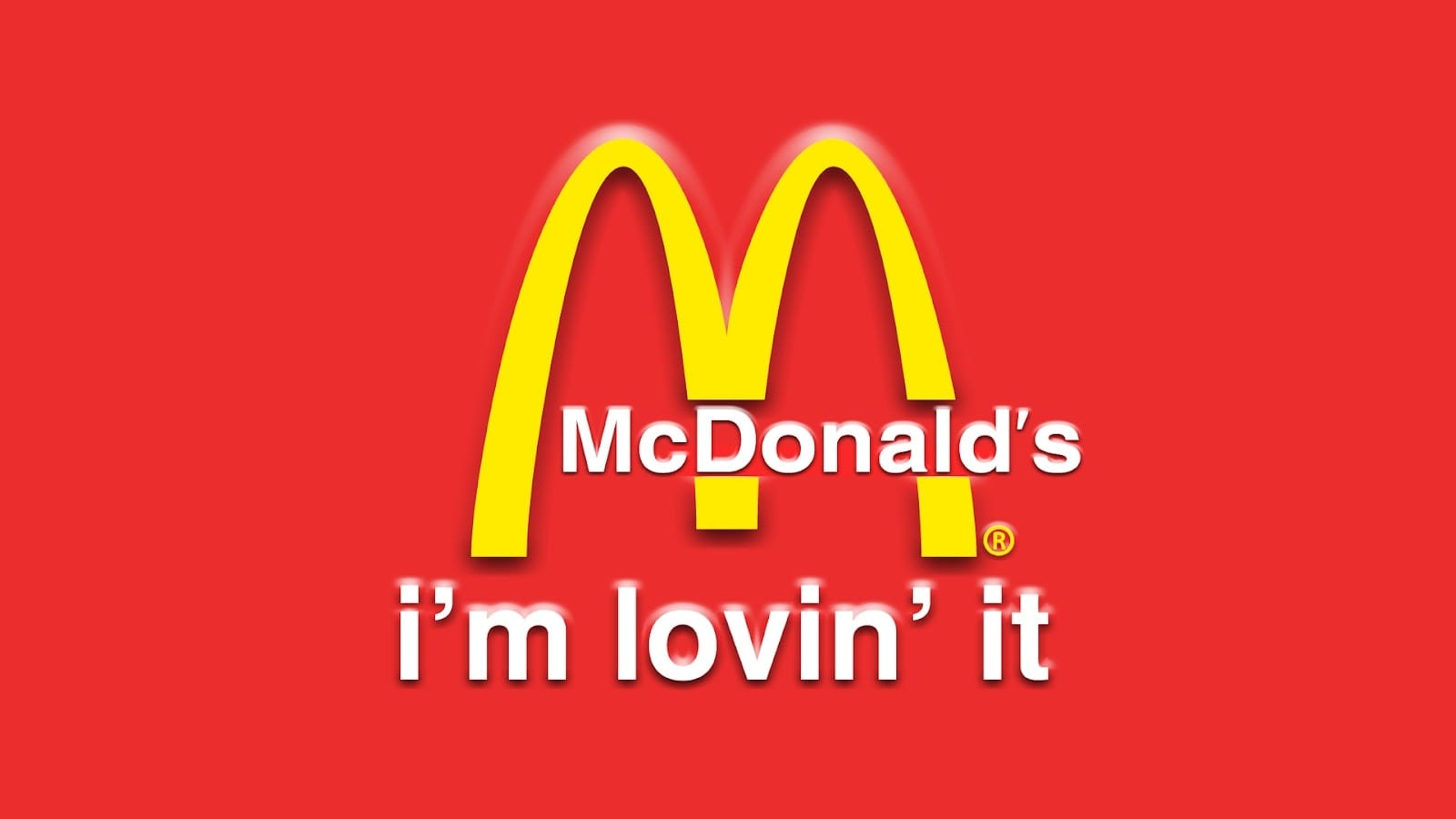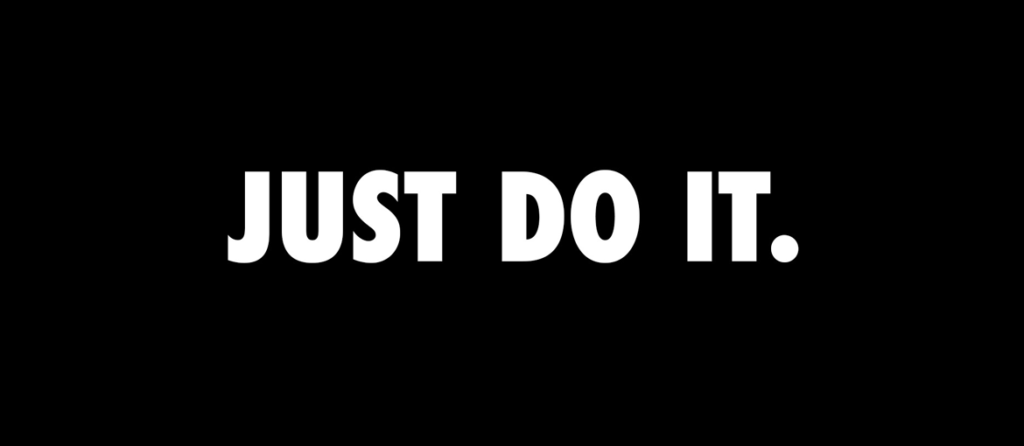The concept of a Tagline emerged in the early 20th century, initially denoting the concluding line delivered by an actor at the close of a theatrical performance. By 1935, the term found its way into the realms of advertising and branding.
Currently, a Tagline can be associated with businesses, individuals, social collectives, or specific products. It is essentially a concise phrase that conjures up the essence of a brand in the minds of consumers or potential buyers, facilitating immediate recognition of the entity it represents.
Originating in America, the term varies globally; in England, it’s known as a strapline or endline. Different locales adopt unique terms: signature in France and Belgium, payoff in Italy and the Netherlands, and claim in Germany.
This article focuses on the role of taglines within branding, where they serve the primary function of promoting brand recognition and, indirectly, boosting sales of goods or services.
Branding and Its Core Components
Branding is a relatively modern discipline, only gaining structured analysis and formal recognition over the last half-century. Being a contemporary field of study, it has attracted diverse critiques and theories. Within the established framework of branding, certain key elements are identified as foundational to a brand’s identity:
- Vision
- Mission
- Slogans
- Tagline
Exploring Their Unique Characteristics
Vision – Envisioning the Future
A Vision outlines a company’s future aspirations or achievements.
As a forward-looking statement, the Vision paints a picture not of the current state but of what the organization strives to be in the near future. It’s designed to inspire and guide decision-making processes.
For instance, Disneyland’s vision, “To make people happy,” encapsulates a forward-looking and ambitious goal, yet it is succinct and clear.
Mission – The Path Forward
The Mission describes the company’s activities. It is typically concise, memorable, and unique to the company’s operations, setting it apart from competitors.
Disneyland’s mission statement exemplifies clarity in defining its purpose: leveraging its brand portfolio to deliver unparalleled entertainment experiences.
Slogan
A Slogan is a brief phrase used to highlight a company for a limited period, often linked to a specific product or campaign. Slogans change frequently, reflecting contemporary trends and demonstrating the company’s currency.
Disneyland, for example, has utilized various slogans to communicate its dream-fulfilling essence, such as “Where dreams come true.”
Tagline
As previously discussed, a Tagline is a succinct, impactful phrase tied to the company’s name, encapsulating its approach to products and services. Unlike slogans, taglines are meant to endure, ideally lasting the lifetime of the company.
Disneyland’s tagline, “The happiest place on Earth,” succinctly conveys the overarching experience it aims to offer.
These four components, while seemingly similar, play distinct roles in shaping a brand’s identity, its values, and product perceptions. Their collective implementation fosters a comprehensive image of the company, enhancing audience engagement.
Case Studies
Companies vary in their approach to adapting Taglines across different languages and markets. Some maintain the original phrasing globally, while others translate or customize the Tagline to fit local contexts.
Noteworthy Tagline Examples:
“Just Do It” – Nike’s universally recognized Tagline, created in 1987, remains unchanged across global markets due to its simplicity and impact.

“I’m Lovin’ It” – McDonald’s Tagline, originating from a German campaign, was later adopted in English globally, emphasizing its universality.

“For Everything Else, There’s Mastercard” – Originating from the 1997 “Priceless” campaign, this Tagline has been adapted into various languages, retaining its core message worldwide.

“Every Little Helps” – Tesco’s Tagline, resonating with practical wisdom, underscores the value of cumulative small efforts.

“Think Different” – Apple’s counter to IBM’s “Think,” this Tagline, active from 1997 to 2002, underscored Apple’s countercultural stance and contributed to its brand identity evolution.


